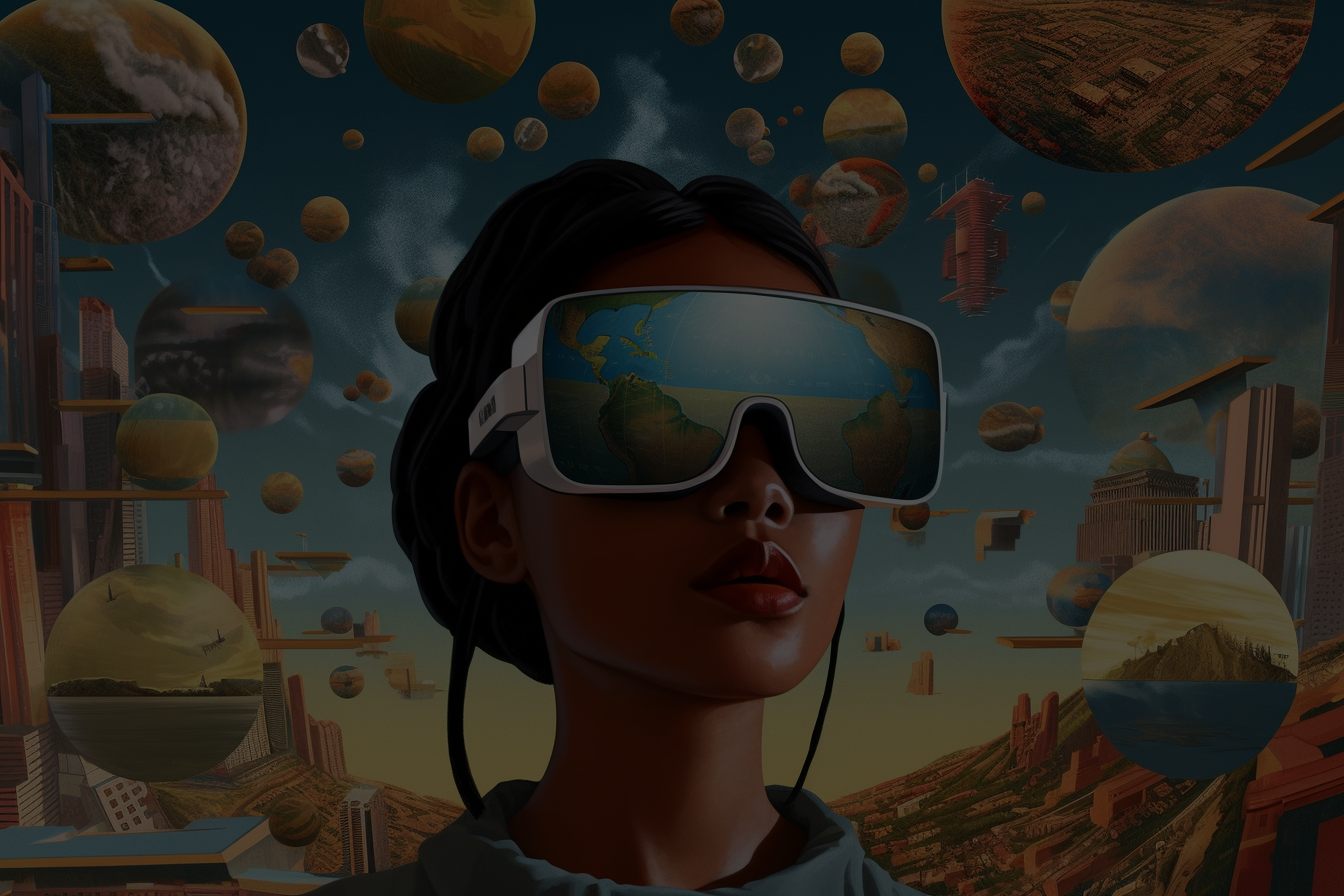Practical skill-based education has long relied on traditional face-to-face teaching methods, but with the advent of virtual reality (VR), a new era of online distance learning is emerging. VR has the potential to enhance the educational experience by providing an alternative form of “face-to-face” instruction, fostering improved communication between teachers and students, and boosting learner self-efficacy. A recent study delved into the impact of VR on practical skills education, employing a mixed-method approach that combined quantitative and qualitative measures, document collection, case and comparative analysis, and the utilization of VR teaching tools. The study focused on art students and teachers, specifically exploring the influence of virtual time, space, and technical availability on learners’ understanding, imagination, and interactivity in VR education. The findings shed light on the positive effects of VR in bridging the gap between traditional and modern teaching methods, highlighting the need to harness the potential of VR in education effectively.
Unleashing Imagination: VR Time and Space
One of the most captivating aspects of VR education lies in its ability to transport learners to different spaces. The study reveals that VR time and space exert a profound influence on learners’ understanding and imagination. By immersing learners in virtual environments, VR ignites their creative faculties, enabling them to explore and visualize concepts with unprecedented depth. The immersive nature of VR fosters a high level of engagement, facilitating rich cognitive experiences that promote deep knowledge formation.
Enhancing Communicative Efficiency: Technical Availability
The integration of artificial intelligence (AI) and VR technology enhances the communicative efficiency between teachers and students. This convergence allows for real-time feedback, personalized guidance, and adaptive learning experiences. By harnessing the power of AI, educators can leverage VR’s immersive nature while providing tailored support, ultimately enabling learners to navigate complex subjects with ease.
The Synchronization of Understanding and Imagination
Synchronization, a fundamental aspect of effective learning, holds a paramount position when it comes to acquiring knowledge. In this regard, virtual reality education emerges as a remarkable tool, adept at seamlessly bridging the divide between comprehension and imagination. By immersing learners in captivating virtual experiences, VR empowers them to not only visualize but also embody abstract concepts, thereby forging an even stronger and more profound connection with the subject matter at hand. This heightened synchronization between perception and cognition lays the groundwork for a truly holistic and comprehensive grasp of knowledge, propelling learners towards a path of enhanced creativity and sharpened critical thinking skills. In this way, the expansive potential of VR in education becomes evident as it offers a transformative journey that transcends traditional boundaries and propels learners into
Exploring the “You, Calligrapher” VR Application
The study employed a mixed-method approach, combining quantitative and qualitative measures, document collection, case and comparative analysis, and VR teaching utilizing the “You, Calligrapher” application. This innovative VR-based calligraphy game engaged teachers and art students in educational activities. With features such as 360-degree viewing, teaching demonstrations, and real-time performance evaluation by an AI system, the application created an immersive and engaging learning environment.
Unlocking Learning Effectiveness
The study evaluated learning effectiveness through comprehensive tests assessing participants’ understanding levels and technical abilities. The results revealed that VR time and space, along with technical availability, played pivotal roles in shaping learning outcomes. Learners’ comprehension, imagination, and interactivity were directly influenced by these factors, highlighting the transformative potential of VR technology in education.
Challenges and Future Prospects
While the study showcased the remarkable potential of VR in education, it also acknowledged the need for further research. Areas for future exploration include conducting deeper investigations into VR education, diversifying experimental samples, and broadening the scope of experiments to gather richer data. The future holds the promise of expanding VR education applications to different age groups and populations, refining research conclusions, and embracing the ever-evolving potential of VR technology.
The Educational Revolution: Embracing VR and AI
The study’s findings contribute to the fields of educational psychology, pedagogy, and computer science. VR and AI technologies offer unprecedented opportunities to enhance distance operational skill teaching and revolutionize traditional education models. By integrating VR and AI, educators can harness the immersive nature of VR while AI-powered systems provide personalized support, guidance, and assessment. The marriage of VR and AI has the potential to transform education, enabling learners to unlock their full potential.
VR technology is reshaping the landscape of distance learning, offering a powerful tool to reimagine the traditional classroom experience. With VR’s ability to unleash



